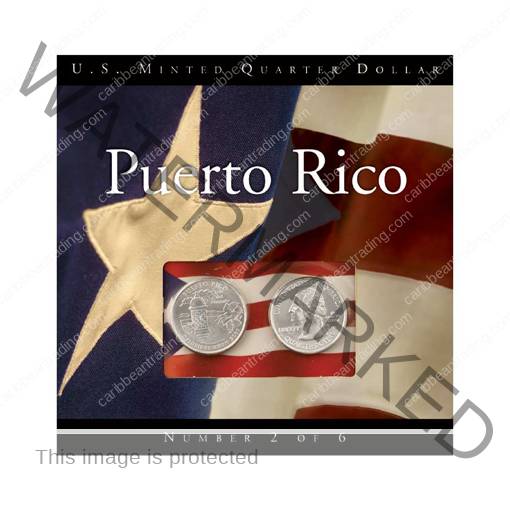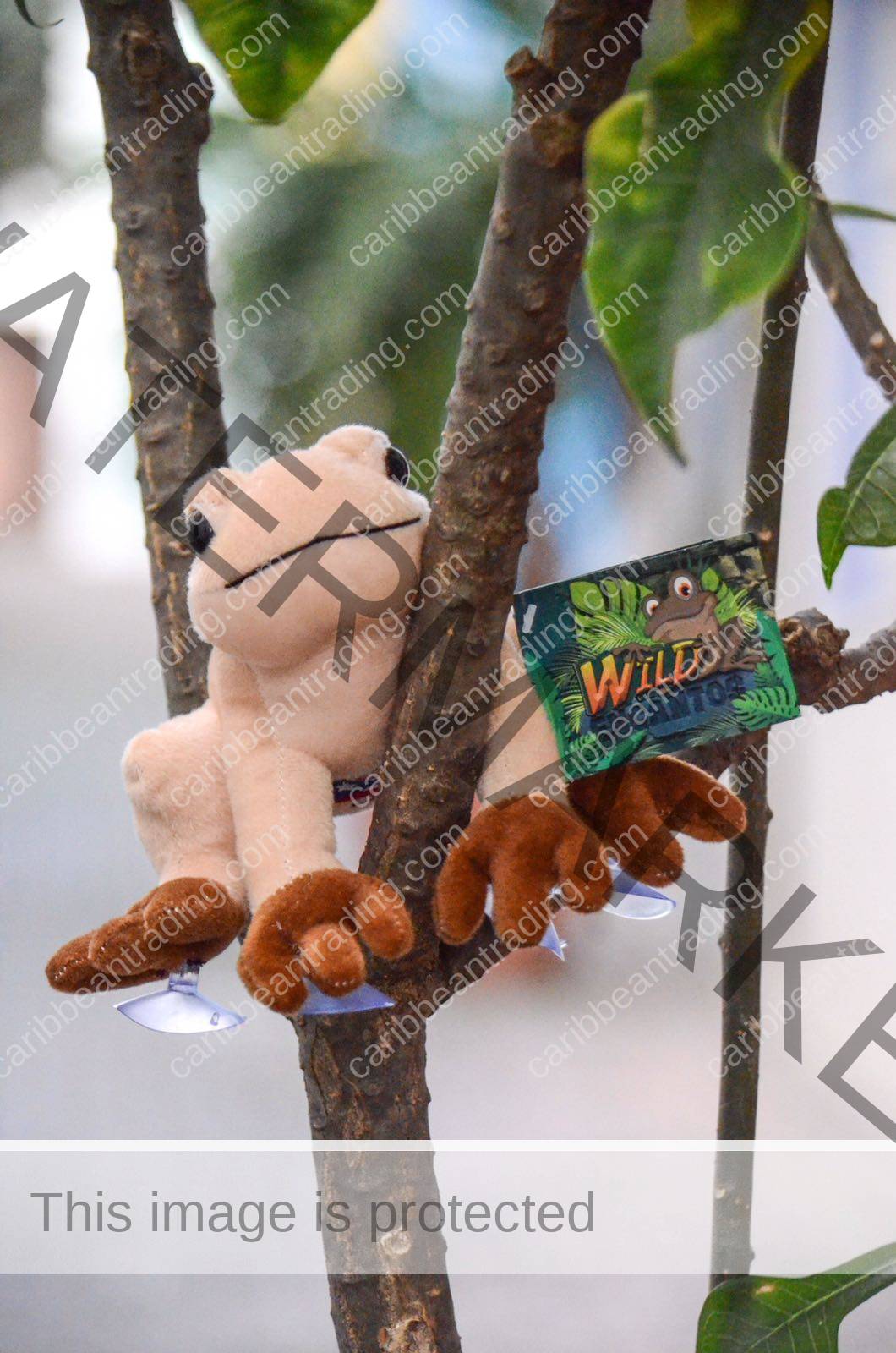Puerto Rico
Exploring Puerto Rico’s National Parks
Puerto Rico, a Caribbean island rich in cultural history and natural beauty, is home to several stunning national parks. These parks preserve the island’s diverse ecosystems, from lush rainforests and mangroves to rugged coastlines and volcanic landscapes. The national parks of Puerto Rico are not only a testament to the island’s environmental richness but also serve as an ideal destination for nature lovers, adventure seekers, and history enthusiasts.
El Yunque National Forest: A Tropical Paradise
El Yunque National Forest, the only tropical rainforest in the U.S. National Forest System, is perhaps the most iconic natural landmark in Puerto Rico. Located in the northeastern part of the island, El Yunque spans over 28,000 acres of lush green hills, waterfalls, and diverse plant and animal species. The forest’s unique biodiversity includes endemic species such as the Puerto Rican parrot and the coquí, a tiny frog that is an emblem of Puerto Rican nature.
Visitors can explore miles of hiking trails that wind through the forest, offering views of cascading waterfalls, mist-covered mountains, and vibrant plant life. The La Mina Falls trail is particularly popular, taking hikers to one of the forest’s most beautiful waterfalls. Additionally, the El Yunque Rainforest offers an array of outdoor activities, including birdwatching, camping, and photography. It’s an amazing place to also record videos of wildlife and flora, which you can later edit with a proper travel video maker to share with your family and friends!
For those seeking to understand the ecological importance of the forest, the El Yunque Visitor Center provides exhibits on the rainforest’s biodiversity and conservation efforts.
Vieques National Wildlife Refuge: A Hidden Gem
Located on the island of Vieques, off the eastern coast of Puerto Rico, the Vieques National Wildlife Refuge offers some of the island’s most unspoiled and tranquil landscapes. Spanning nearly 18,000 acres, this refuge was once a U.S. Navy bombing range and is now a protected area that is home to diverse wildlife, including migratory birds, sea turtles, and the endangered manatee. The refuge’s pristine beaches, crystal-clear waters, and expansive salt flats make it an ideal location for nature walks, birdwatching, snorkeling, and kayaking.
One of the refuge’s most famous attractions is the Mosquito Bay, known for its bioluminescent waters. The bay lights up at night due to the presence of microorganisms that glow when disturbed, creating a mesmerizing spectacle for visitors. The refuge is also home to several historic sites, including old military installations and lighthouses, which provide a glimpse into the island’s military past.
Cabo Rojo National Wildlife Refuge: Coastal Beauty
The Cabo Rojo National Wildlife Refuge, located in the southwestern corner of Puerto Rico, offers an extraordinary mix of coastal landscapes, mangroves, salt flats, and dry forests. This 1,200-acre refuge is home to a variety of bird species, including the endangered Puerto Rican parakeet and the migratory waterfowl that stop at the refuge during their migration. The area’s salt flats are particularly important for birdwatching, attracting large numbers of birds that use the area as a stopover during migration.
One of the most popular features of the Cabo Rojo National Wildlife Refuge is its coastline, which boasts some of the island’s most picturesque beaches. Playa Sucia, known for its crystal-clear waters and dramatic cliffs, is a prime example of the natural beauty that defines this region. Visitors can hike to the iconic Cabo Rojo Lighthouse, which offers breathtaking panoramic views of the surrounding coast and the Caribbean Sea.
San Juan National Historic Site: A Blend of Nature and History
Though not a traditional nature park, the San Juan National Historic Site is a must-visit destination for those interested in the history of Puerto Rico and its natural surroundings. Located in the heart of Old San Juan, this historic site encompasses several forts, including Castillo San Felipe del Morro and Castillo San Cristóbal, which once protected the island from invaders. These historic fortifications are perched on rugged cliffs, offering stunning views of the Atlantic Ocean and the island’s coastline.
The park’s strategic location also makes it a great spot for birdwatching, with migratory seabirds and native species often spotted around the historic walls. The nearby coastal areas are ideal for a peaceful stroll along the water, where visitors can enjoy the natural beauty of Puerto Rico while learning about its colonial past.
Guánica Biosphere Reserve: A Unique Dry Forest
The Guánica Biosphere Reserve, located in the southwestern part of Puerto Rico, is one of the island’s most unique ecosystems. Recognized as a UNESCO Biosphere Reserve, it spans over 10,000 acres of dry forest, one of the rarest ecosystems in the Caribbean. The reserve is home to more than 700 plant species, including the endangered Puerto Rican prickly pear cactus and the native tree, the lignum vitae.
Hiking trails within the reserve provide access to this arid landscape, which contrasts sharply with the island’s rainforests. The forest’s isolation has led to the development of a diverse range of flora and fauna, some of which are found nowhere else in the world. Visitors can explore the reserve’s trails, which lead to beautiful beaches like Playa de Guanica, ideal for swimming and snorkeling. The combination of forest and coastline creates a unique experience for those interested in both hiking and beach activities.
Río Camuy Cave Park: A Geological Marvel
The Río Camuy Cave Park, located in the central northern region of Puerto Rico, is one of the largest cave systems in the world. The park’s main attraction is the Camuy River, which has carved out an extensive network of caves and underground passageways over millions of years. Visitors can take guided tours through the caves, where they’ll witness breathtaking stalactites, stalagmites, and underground rivers that flow through the caves. The park also features the Cueva Clara, a cavern that offers an awe-inspiring glimpse of the island’s geological history.
For those interested in geology and spelunking, Río Camuy Cave Park is an essential stop. The park is also home to unique ecosystems, including rare species of bats and cave-dwelling insects, making it a fascinating destination for wildlife enthusiasts.
Cave exploring is an amazing past-time, as well as other adventures you can try. But always make sure to have insurance or a personal injury lawyer in case you want to try risky activities that can lead to you getting hurt!
Culebra National Wildlife Refuge: Pristine Beaches and Marine Life
The Culebra National Wildlife Refuge, located on the small island of Culebra off Puerto Rico’s eastern coast, is a marine paradise known for its stunning beaches and vibrant coral reefs. The refuge protects more than 20 islands and cays, many of which are home to endangered species such as the leatherback sea turtle. The refuge’s most famous beach, Flamenco Beach, is often ranked among the most beautiful beaches in the world, with its soft white sand and crystal-clear waters.
Visitors can snorkel or dive in the surrounding waters to explore the abundant marine life, including colorful fish, rays, and sea turtles. The refuge also offers hiking trails, where visitors can enjoy breathtaking views of the surrounding coastline and the turquoise waters of the Caribbean Sea.
Conclusion
Puerto Rico’s national parks offer a diverse and captivating experience for visitors seeking a connection with nature. From the tropical rainforests of El Yunque to the dry forests of Guánica, each park showcases a unique aspect of the island’s rich natural heritage. Whether it’s hiking through a rainforest, lounging on a pristine beach, or exploring a cave system, Puerto Rico’s national parks provide something for every adventurer. These protected areas not only preserve the island’s ecological diversity but also offer an invaluable opportunity to explore Puerto Rico’s natural wonders firsthand.







